Prevent Overflowing Gutters
Have You Ever Had Rain Water Overflow Your Gutters?
If you have had overflowing gutters, you likely also experienced the damaging effects of gallons of water inundating the siding, foundation, and landscaping of your home.
Even more frustrating, some have cleaned their clogged gutters only to find that they are still overflowing. Why?
This article will explore three reasons why gutters might overflow, what to do about it, and how to stop overflowing gutters forever.
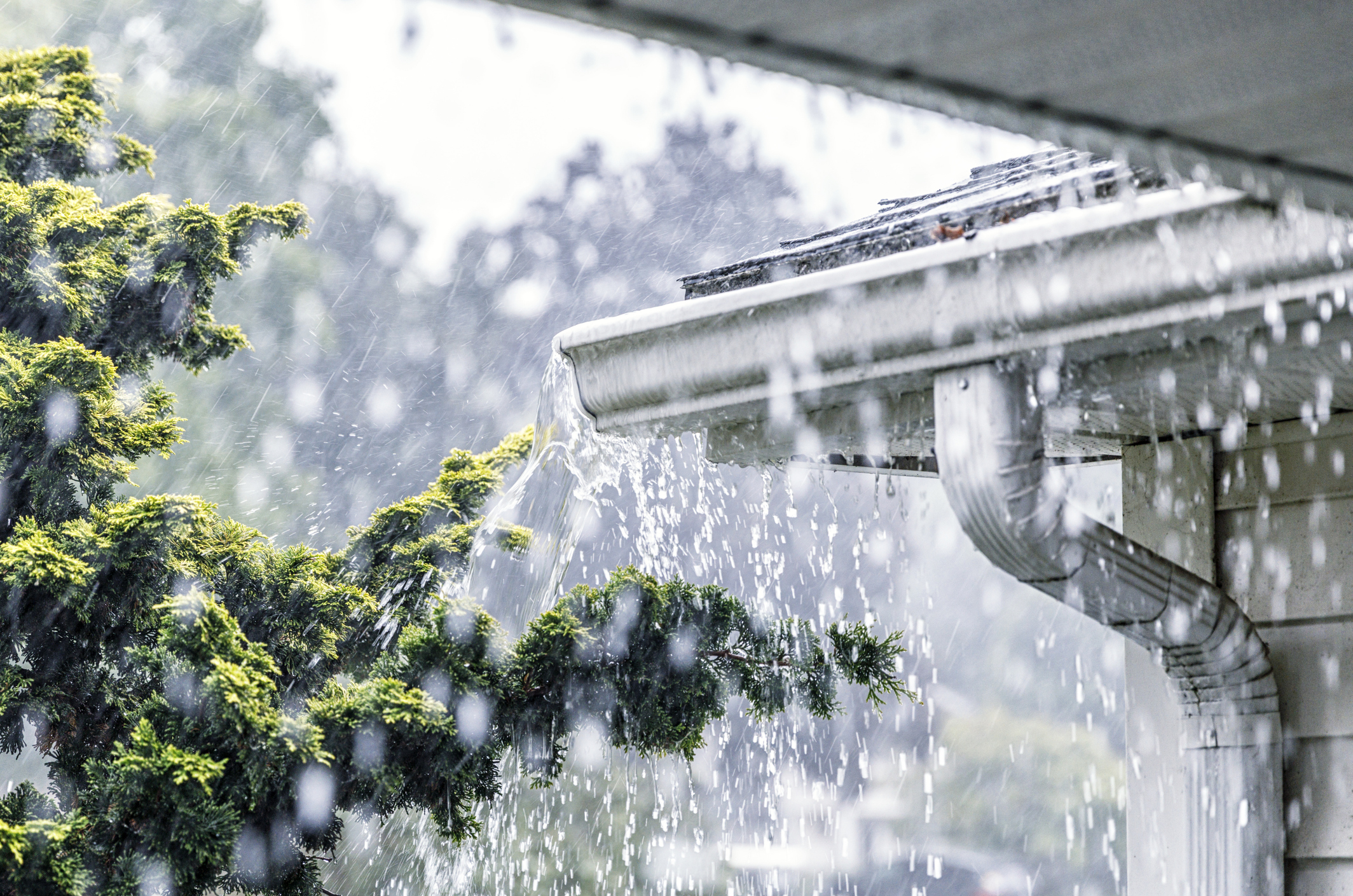
Why Would My Gutters Overflow If I Just Cleaned Them?
3 Main Reasons Why Your Gutters Might Overflow Despite Cleaning Them
- Clogged Downspout or Underground Drain
- Undersized Gutters or Downspouts or Both
- Improperly Sloped Gutters
Below, we will explore each of these reasons and what you can do about it.
Why Basic Gutter Cleaning Isn’t Enough
Leaves and debris don’t just get into the gutter, they also get into the downspout and underground drains. Additionally, other things may be wrong with your guttering system. The gutters might be too small for the volume of water on your roof, or they might be improperly sloped, causing overflows.
To ensure peace of mind when it comes to your gutters, a professional evaluation of the guttering system and a product that can completely eliminate debris from entering your entire guttering system is best.
This means no more time cleaning gutters, downspouts or underground drains. No more wondering whether your overflowing gutters will cause your basement to flood again, or destroy your landscaping. It means, no more worrying about your gutter sytstem.
The easiest solution to overflowing gutters: Advantage Gutter Guard ®.
Let’s discuss what you can do to keep your gutters from overflowing tonight.
Short-Term Solutions for Overflowing Gutters
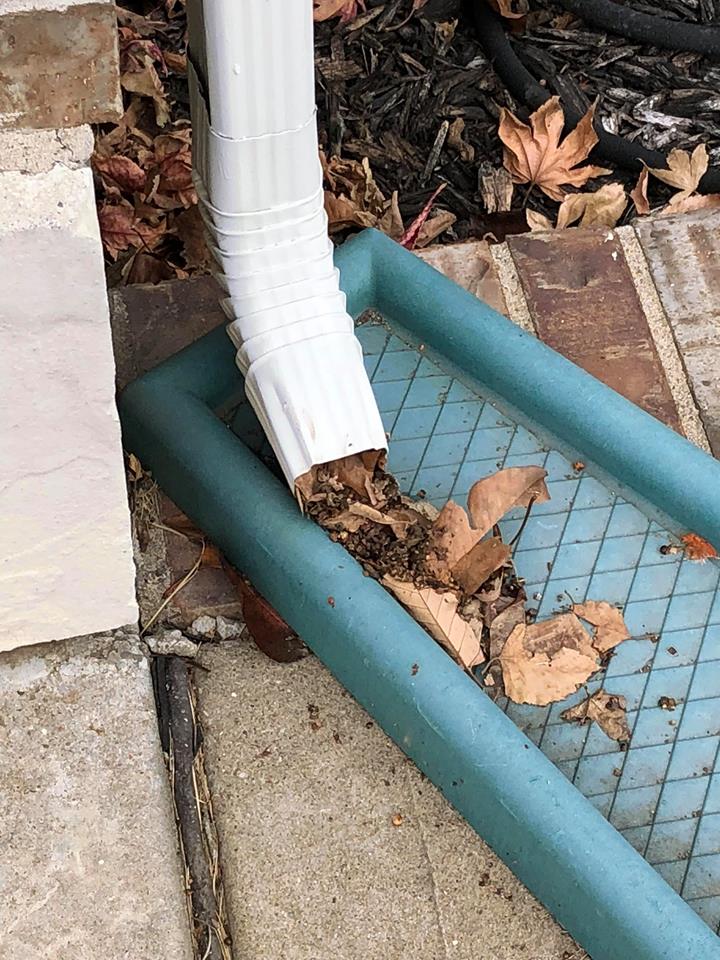
1. Clogged Downspout
Downspouts are often forgotten about when cleaning gutters. Intuitively gutters would fill with debris – they’re completely open. Downspouts only have a 3×4 inch opening – but debris often enters and clogs them.
The Problem:
Even though downspouts make up the minority of your guttering system, they are the drainage system for the gutters. Ergo – clogged downspouts mean there’s nowhere for the water to go. Just one handful of debris ANYWHERE in the guttering system can cause water to overflow.
The Solution:
Clean out the downspouts. If attached to an underground drain, detach it from the underground drain to avoid clogging the underground drain. Most of the time, the clog is in the elbows at the top of the downspout. The easiest method is to start at the top of the downspout and remove the debris by hand if possible. You can also attempt to push it through with a snake brush or hose. If unable to dislodge the clog and restore water flow, or you discover the clog is lower in the gutter, the downspout will most likely need to be taken apart.
Test Your Progress
Run some water into the gutter and see if water is easily flowing through.
If it looks good, try test #2 – drop a small screw down the downspout. If the screw comes out at the bottom – you’re completely clog-free! Reward yourself for your efforts!
If the downspout is still clogged, you’re likely going to need to dismantle the downspout to clean them properly. This will take a little effort, but it’s absolutely necessary to prevent rainwater from overflowing your gutters.
Trying to Avoid the Ladder?
If you are trying to avoid getting on a ladder, here are a few suggestions we found on YouTube for working from the ground:
-
-
- Gently tap on the outside of the gutter to help try to dislodge all the debris.
- Use a snake brush to loosen debris.
- Push a garden hose up as high as possible and then turn it on to loosen debris.
- Put a leaf blower at the bottom of the downspout, the air pressure may dislodge the clog and blow the debris out of the top.
-
Video On How To Clean Your Downspout From The Ground
Precautions With The Suggestions From The Video:
-
-
- Gutters can dent easily, so if you tap on them, do so gently, perhaps with the palm of your hand rather than a stick.
- If using the the hose or blower, be careful not to loosen the downspout from the wall. Be sure to use safety glasses when pushing debris up and over the gutter. Keep in mind that there might be wet and nasty debris, bird nests, and bacteria blowing out of the downspout and raining down on you!
-
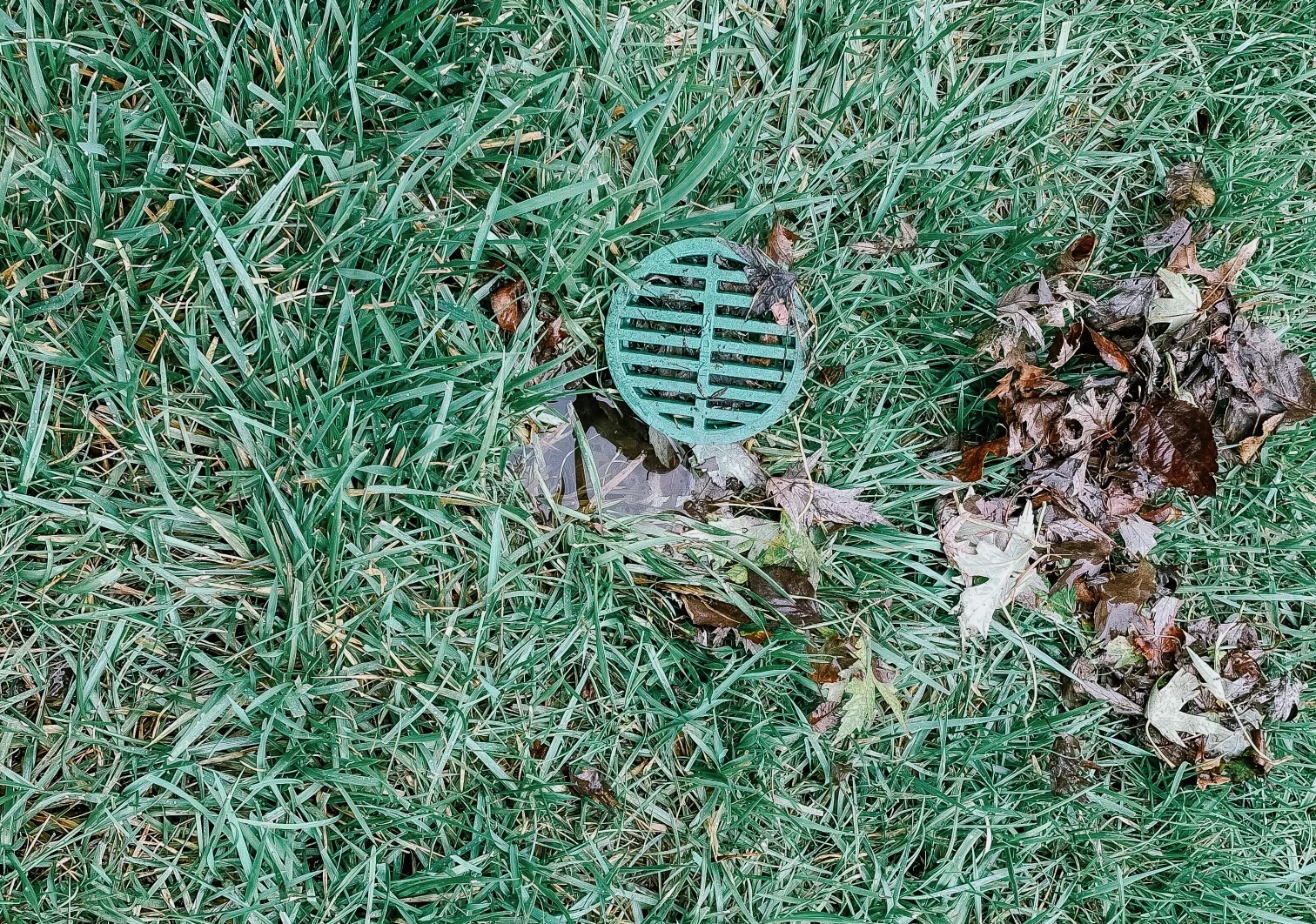
2. Clogged Underground Drain
Underground drains are fantastic for landscaping and removing rainwater far away from the home’s foundation, helping prevent structural damage.
The Problem:
If underground drains get clogged, the water will back up through the downspout and into the gutters, causing the gutters to overflow.
The Solution:
You can try to clean these yourself with the same methods as the downspout. However, you likely will need to hire professionals with equipment specifically designed for cleaning out underground drains, especially if tree roots have grown into the drain.
3. Undersized Gutters or Downspouts
The Problem:
The amount of water that comes down a roof during rainfall is immense. Most homes do best with 6-inch gutters and downspouts that are 3×4 inches in diameter. Often, smaller, 4-inch gutters with 2×3-inch downspouts, overflow because they simply cannot handle the volume of rainwater that is coming from your roof.
The Solution:
If your gutters, downspouts, and underground drains are completely clean, you may need to consider increasing the size of your gutters and/or downspouts.
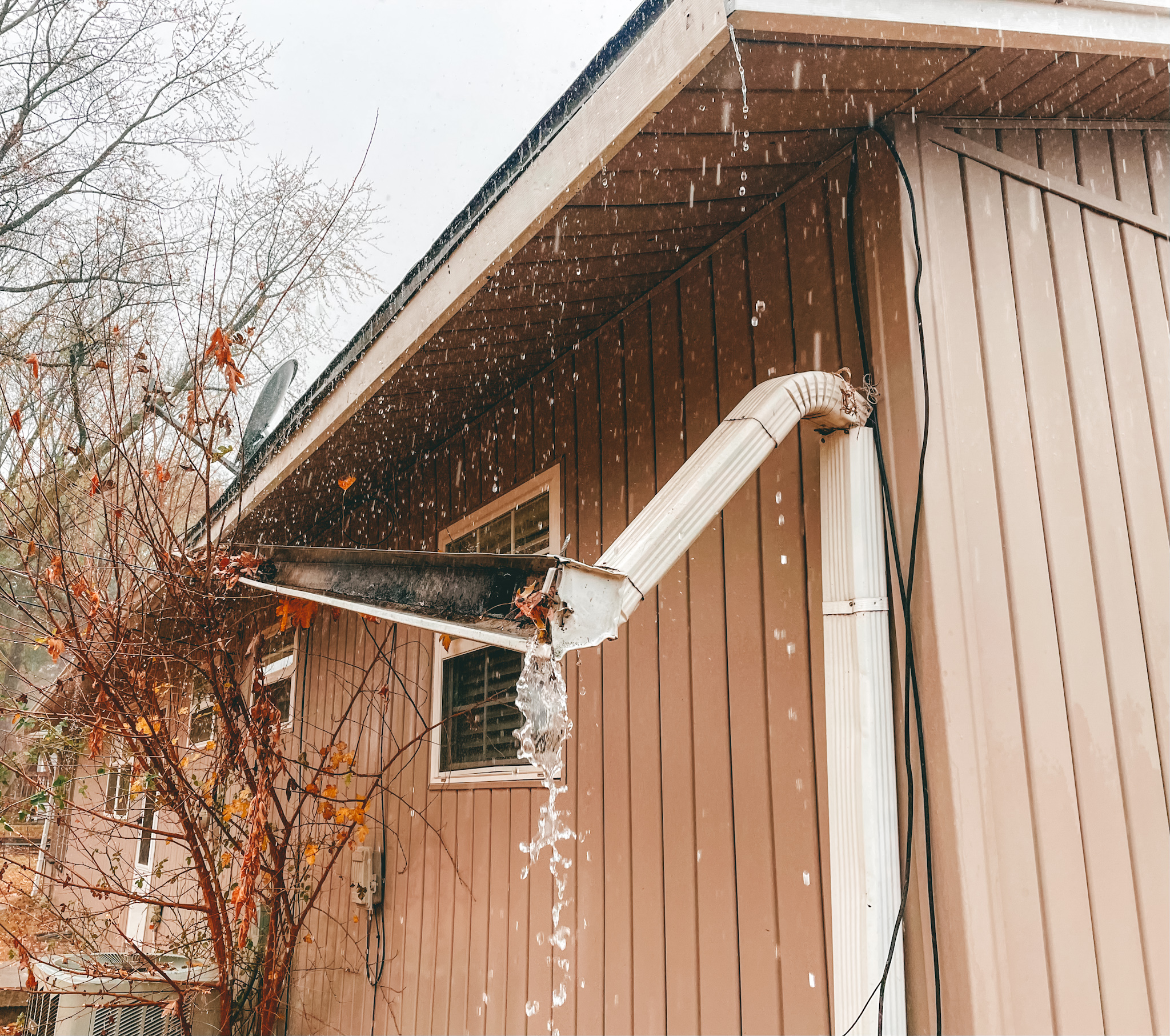
4. Improperly Sloped Gutters
Our eyes like everything to be completely level. However, gutters need to be hung at a slight angle so the water flows to the downspout. A slight angle gives the water direction. Without the angle, the water will simply run over the face of the gutter, instead of flowing down to the downspout.
The Problem:
Incorrect gutter pitch.
The Solution:
For properly functioning gutters, have a guttering professional re-slope your gutters so the water will flow in the proper direction – toward the downspout and away from your home. This can be accomplished while still making your gutters look fairly level to the eye, maintaining the curb appeal.
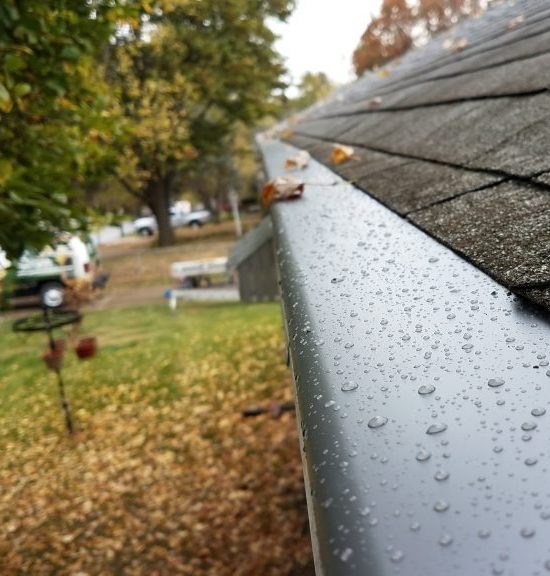
Overflowing Gutter Solution: Advantage Gutter Guard ®
The good news is you don’t need to spend a fortune on a gutter replacement. One of the most effective ways to prevent gutters from overflowing is to install gutter guards. Advantage Gutter Guard ® is the best gutter guard for heavy rain. Designed as a solid gutter guard that prevents leaves and debris from entering the gutters, the downspouts, and the underground drains.
Your guttering system will be thoroughly evaluated by professionals. They will recommend increasing the size of the gutters and downspouts if necessary.
Finally, the installation professionals will properly slope your gutters for optimal functionality. They will also clean your gutters and downspouts.
Once Advantage Gutter Guard ® is installed on your home, you won’t have to worry about overflowing gutters again. Just think about the time and headaches you will save.
Start your estimate for solving overflowing gutters: Contact Gutter Cover KC®.
